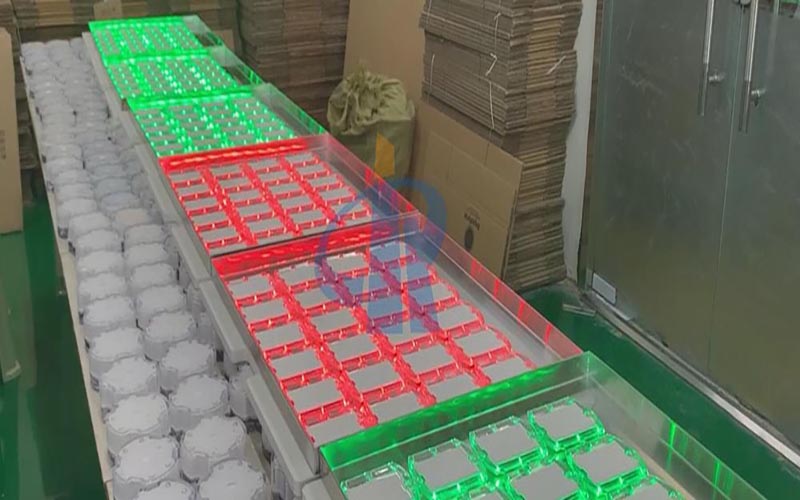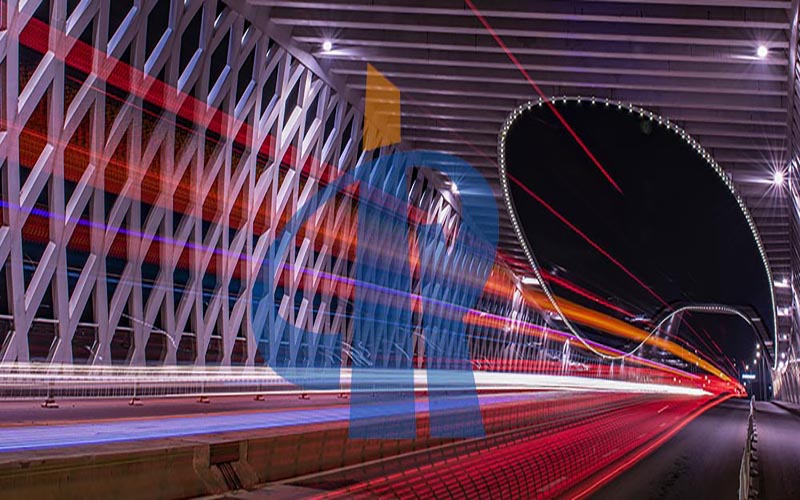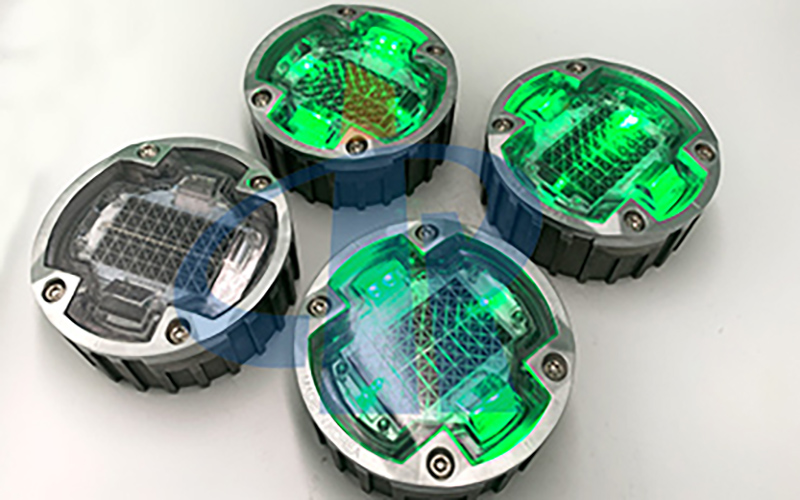As a light source with high luminous efficiency, energy saving, long service life and easy maintenance, the LED light source in Solar Road Stud has been applied in many night scene lighting projects. However, due to the small size, high brightness, and PN junction electrical characteristics of the LED in Solar Road Stud, there are many new problems in the evaluation of the LED light source quality in Road Stud. Judging the quality of an LED light source cannot be generalized. Because in different applications, the performance requirements of the LED products in the road stud are also different. For example, the LED light source used for display focuses on its brightness, viewing angle distribution, color and other parameters. The LED lamps used for general lighting focus on parameters such as luminous flux, color, and color rendering characteristics. In addition, we need to judge the quality of the LEDs in Motorway Studs and comprehensively evaluate the parameters of optics, electricity, and thermal radiation safety and life.

Regarding the PN junction temperature of the LED in the power Solar Road Stud from the perspective of heat dissipation performance, it is particularly important to solve the PN junction temperature and shell heat dissipation of the power LED for lighting in order to obtain higher power and luminous efficiency for the LED lamp. The thermal performance of LED lamps in Solar Studs is generally expressed by parameters such as thermal resistance, case temperature, and junction temperature.

Considering the optical performance of LEDs in Solar Studs for different applications. Since LEDs used as displays focus on visual and intuitive effects, there are no special requirements for color temperature and color rendering index. In contrast, white LEDs used for lighting pay great attention to correlated color temperature and color rendering index, because these are important indicators for creating lighting atmosphere and effects, but generally do not have special requirements for color purity and dominant wavelength. At present, various countries are formulating new LED industry standards and test methods in Solar Studs. The LEDs in Solar Studs can also measure the luminous flux, axial luminous intensity, beam half-intensity angle, spectral radiation bandwidth, radiant flux, luminous efficiency, and luminous peak. Parameters such as wavelength, correlated color temperature, color purity, dominant wavelength, and color rendering index are judged.

Regarding the electrical characteristics of semiconductor light-emitting diodes, considering the electrical performance of LEDs, the electrical characteristics of the PN junction of LEDs are unidirectional nonlinear conductivity characteristics, low-voltage driving, and sensitivity to static electricity. Different from the electrical characteristics of traditional light sources, the main measurement parameters include forward drive current, forward voltage drop, reverse leakage current, reverse breakdown voltage, and electrostatic sensitivity.
Considering the radiation safety of LED light source in Solar Road Stud to living beings or human body. Because LED is a narrow beam, high-brightness light-emitting element, its radiation may harm the human eye retina. Therefore, the International Electrotechnical Commission IEC applies to different occasions. The LED in the Solar Road Stud stipulates the effective radiation limit requirements and test methods, which is also an important factor for judging the quality of LEDs. Among them, the European Union and the United States make mandatory requirements for LED radiation safety testing.
The reliability and life span of the LEDs in Solar Studs are more important especially when LEDs are used as LCD backlight sources and large screens. The life span of the LED we evaluate does not refer to the usable period from use to damage, but refers to the duration of the LED in Solar Studs under rated power conditions when the luminous flux decays to a specified percentage of the initial value. The longer the duration, the longer the life of the LED in Solar Studs.